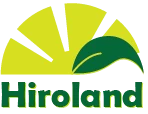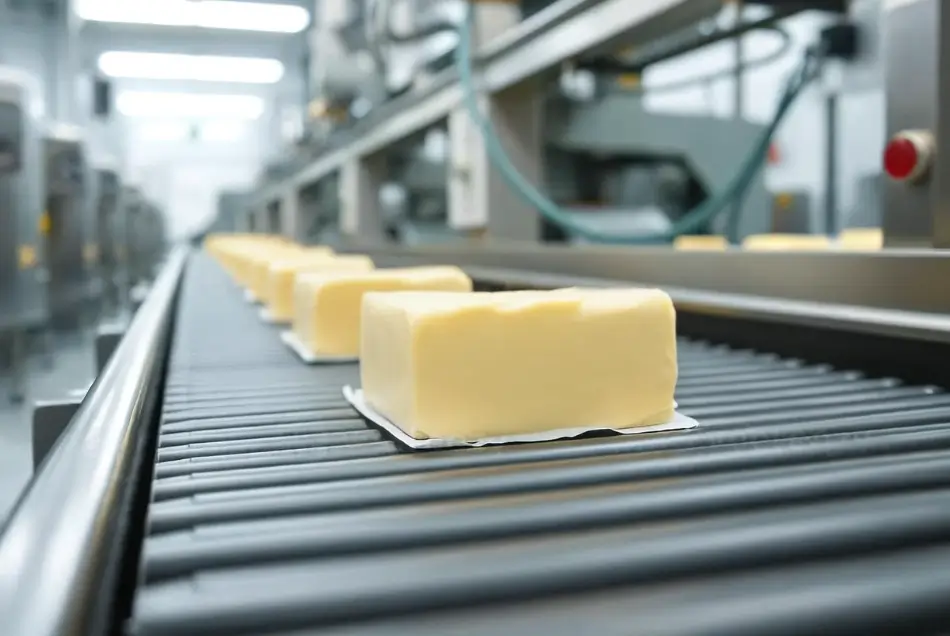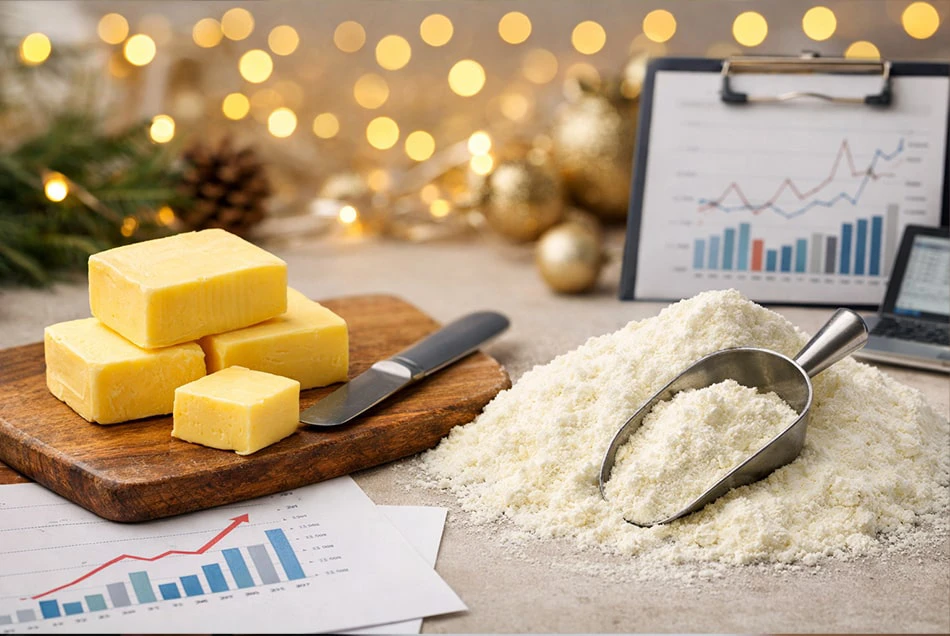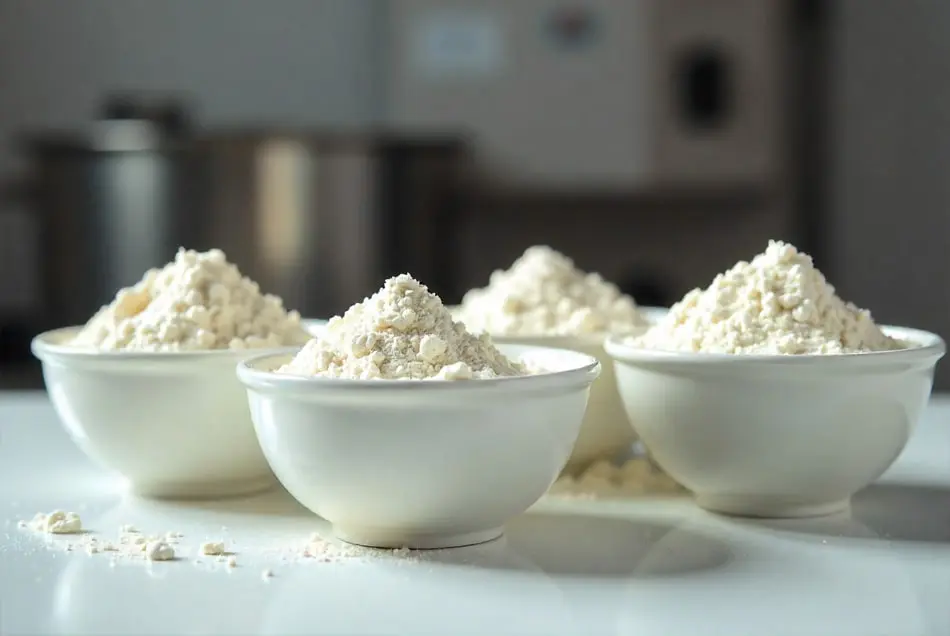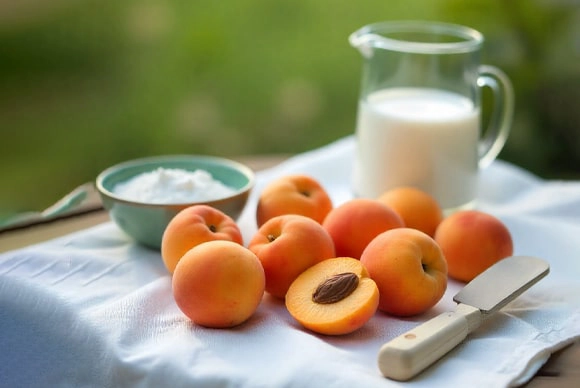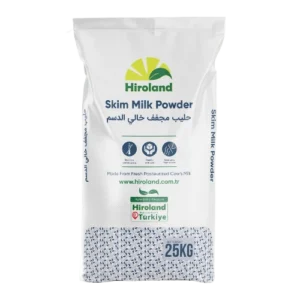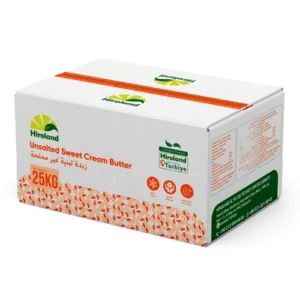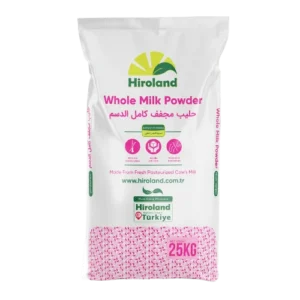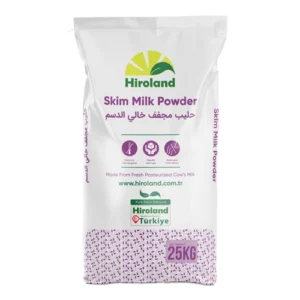The global butter market is forecasted for the period from 2024 to 2031, indicating significant growth in the market size. It started at USD 54.07 billion in 2023 and is projected to reach USD 69.33 billion by 2031, with a growth rate of 2.80%.
Why is the Global butter market getting more attention?
Consumers throughout the world are becoming more and more concerned about their health, and they are also becoming more and more aware of the advantages of dairy products like butter. Butter as a versatile ingredient, contains essential nutrients such as vitamins A, E, and B12, along with butyrate and alpha-linolenic acid. Due to all these reasons the demand for butter has increased. Additionally, it is forecasted that the availability of various flavors of butter will boost its demand in the market. The only limit for market growth is the availability of healthy substitutes such as margarine, as well as government regulations in the manufacturing process and distribution of butter.
The forecast provided here, covers the period from 2024 to 2031, with the unit of measurement being USD billion indicating that the global market size for the specified period experienced significant growth, starting at USD 54.07 billion in 2023 and is projected to reach USD 69.33 billion by 2031. The growth rate over this period is estimated at 2.80%.
Segmentation Analytics of the Global Butter Market
Butter’s Global Market is segmented into 3 categories:
• Product: cultured butter, uncultured butter and others,
• distribution channels: offline and online channels,
• region: North America, Europe, Asia Pacific, Middle East and Africa, and Latin America
Butter Market segmentation by Product
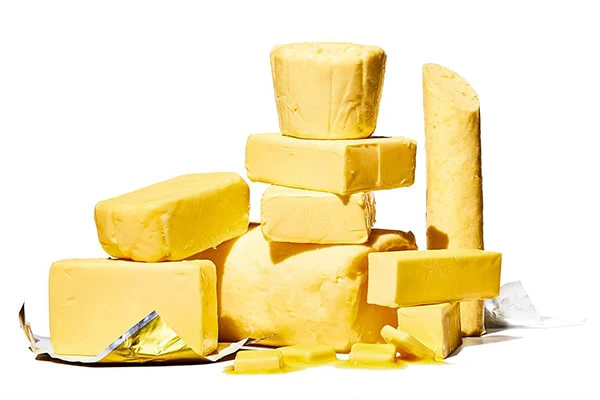
By product, the cultured butter sector accounted for the greatest portion of the global market’s revenue accounting for almost 60%. It is anticipated that this segment would expand at a CAGR of 2.7%. Over the projected period, the segment’s expansion is anticipated to be fueled by rising appeal of cultured product. The butter flavor is stronger in cultured butter. It has a faint acidity and is creamier. Due to consumers’ growing health concerns, the demand for low-calorie and low-fat milk products to strengthen the immune system has increased, which as a result fuels the market expansion.
On the other hand, over the projected period, the sector for uncultured butter is anticipated to develop at the fastest rate. Uncultured butter is expected to rise at a CAGR of 2.9% in the worldwide butter market. By churning fresh, pasteurized cream, uncultured butter is produced. As it doesn’t affect the flavor of the final product, this uncultured butter, which has a neutral flavor and an unsalted taste, is frequently used in baking.
Butter Market segmentation by Distribution Channels
The offline sector dominates the global butter market due to consumers’ preference for offline channels allowing customers to directly assess the quality and authenticity of products, leading to a perception of greater reliability compared to online channels.
The online segment of the market is projected to experience the fastest growth rate at a CAGR of 3.5%. The rapid expansion of the e-commerce industry globally is driving the growth of this sector, fueled by the increasing penetration of smartphones and improved internet connectivity worldwide. Manufacturers of these products are increasingly opting to sell their goods online, either through their own websites or on various e-commerce platforms.
Global Butter Market Regional Segmentation

Asia Pacific emerged as the top revenue generator in the global butter market, securing over 45% of market revenue. The region’s leading position can be largely attributed to its sizable population, with significant contributions from China and India. According to United Nations data, approximately half of the world’s population resides in Asia and the Pacific. The extensive consumer base and high consumption of fast food, baked goods, and processed foods in the region have led to its dominant market share in the butter industry.
Europe is experiencing the fastest growth rate in the global butter market. The European region is projected to achieve a CAGR of 2.9% in the butter market during the forecast period. Evolving consumer preferences towards butter consumption are driving the market’s growth in this region. As consumers shift back to butter from margarine and other alternatives, the demand for butter is gaining momentum in the European market. The awareness of the health benefits associated with butter consumption is also contributing to the expansion of the butter market in this region.
Butter Market Drivers
The butter market has witnessed a rise in innovative branding and packaging options, including resealable pouches, convenient butter sticks, and butter in tubes. These advancements in product portfolio have enhanced the ease and accessibility of butter for consumers.
Also, governments worldwide support the consumption of dairy products like butter by offering subsidies to farmers and incentives to consumers to purchase locally produced butter. This initiative has contributed to an increase in butter demand in numerous countries.
Butter Market Restraints
The rising popularity of margarine and other butter substitutes, attributed to their affordability and perceived health advantages, has resulted in heightened competition in the market. This increased competition may potentially hinder the growth of the butter market.
Competitive Landscape of the Global Butter Market
In addition to local producers, the global market is primarily led by renowned companies such as Lactalis International, Fonterra Co-operative Group, Ornua Co-operative Ltd, and Organic Valley. These manufacturers and suppliers are focusing on enhancing logistics and distribution channels to expand their businesses. Major companies are also prioritizing brand development, product innovation, and launches to increase sales and market share.
Hiroland company, as a reputable and established supplier specializing in dairy products within the B2B sector, offers range of dairy fats, featuring rich and creamy Butter, Anhydrous Milk Fat (AMF), and frozen heavy cream with 40% and 50% fat content. With a continuous improvement approach, Hiroland maintains complete control over the quality of its raw materials, processes, and products.
Butter Market Top Player’s Company Profiles
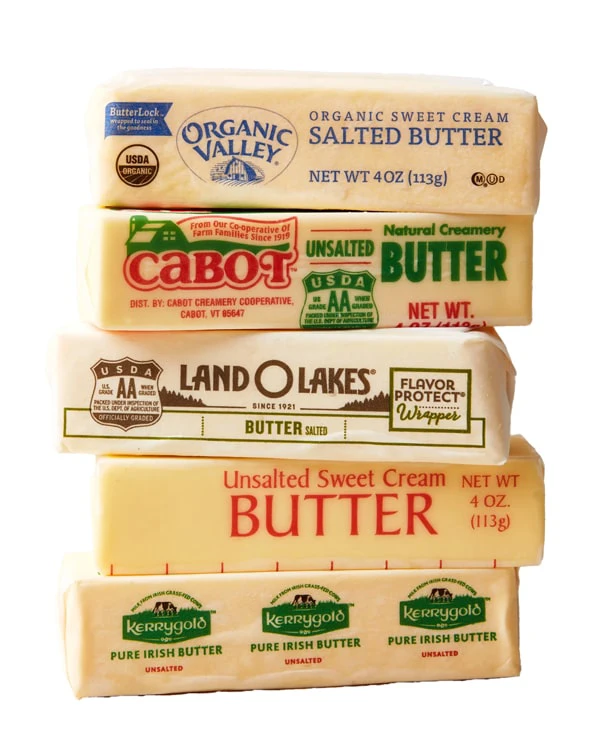
• Fonterra Co-operative Group – New Zealand
• Arla Foods – Denmark
• Lactalis Group – France
• Royal FrieslandCampina – Netherlands
• Dairy Farmers of America – United States
• Ornua Co-operative Limited – Ireland
• Amul – India
• Land O’Lakes – United States
• Megmilk Snow Brand – Japan
• Murray Goulburn – Australia
• DMK Group – Germany
• Saputo – Canada
• Agropur Cooperative – Canada
• Glanbia plc – Ireland
• Bel Group – France
• Westland Milk Products – New Zealand
• Lácteos Brasil – Brazil
• Saputo Dairy Australia – Australia
• Milkiland – Ukraine
• Sodiaal – France
• Hochwald Foods – Germany
• Strauss Group – Israel
conclusion
Assessments indicate that the global butter market is poised for sustained expansion in the foreseeable future, driven by several factors. These include heightened consumer demand, the broadening scope of distribution networks, and ongoing product innovations. In the butter market, there is a noticeable trend towards product innovation, with the introduction of flavored butters, spreadable butter, and butter blends. Manufacturers are also investing in packaging innovations to enhance the convenience and accessibility of butter for consumers.

Additionally, the market is propelled by the increasing popularity of natural and organic food items, the growing interest in plant-based butter alternatives, and a shift towards sustainable and ethical production methods. Nevertheless, certain constraints may impede market growth, such as health-related apprehensions, competition from butter substitutes, price fluctuations, raw material availability, and environmental considerations. The global butter market represents a dynamic landscape characterized by various trends, obstacles, and prospects. Consequently, manufacturers seeking to leverage the market’s growth potential must engage in meticulous analysis and strategic planning.
For more detailed information from Hiroland, please refer to our Contact section.
Read More: A Deep Dive into the Art of Butter Making
Read More: Internationalization of the Butter Market
http://www.ukinternetdirectory.net/arts_humanities/artists/

